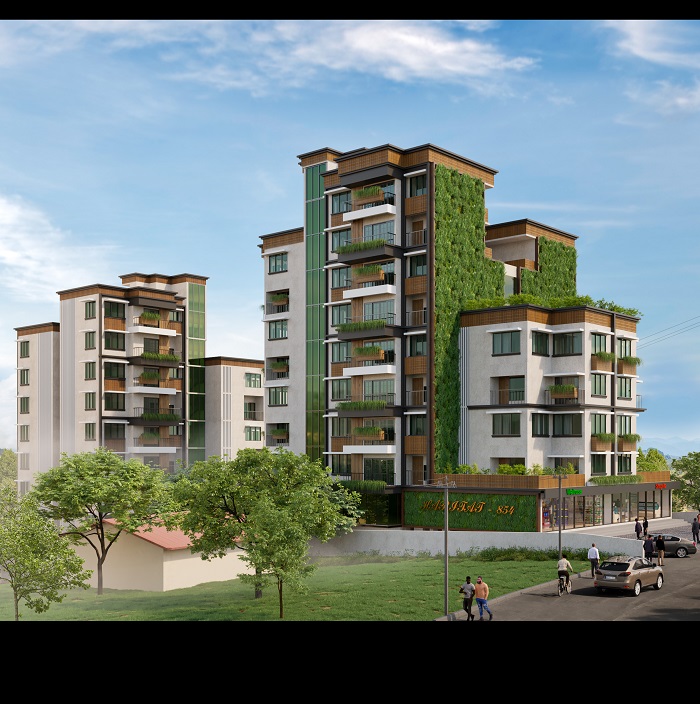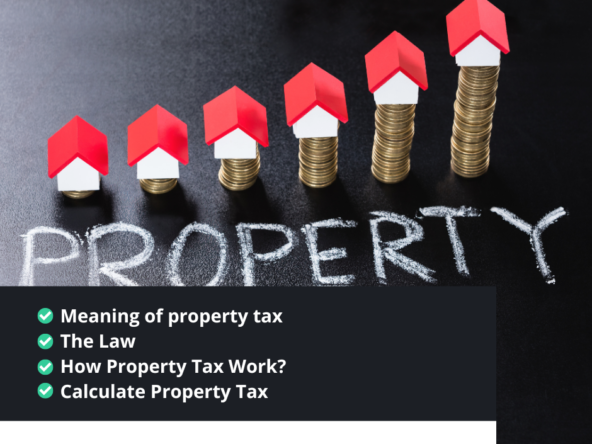SUSTAINABLE HOUSING IN UGANDA
Sustainable Housing Infrastructure
Think of the word home, and you may conjure up an image of a cozy bungalow, high-rise condo, or tidy garden apartment.
Homes shape our communities, guide our relationships, characterize our identity, create intimacy and increasingly prove vehicles for funding retirement. Since 2008, average home prices have risen by 50% pushing family net worth up 44.5%
But the concept of a home is changing, and so is the way that homes are constructed. The abode that people equate with comfort, safety, and family is being transformed into something new by a confluence of factors. Among them are population growth, a shortage of affordable housing, sustainability regulations, and a construction industry that’s in the middle of a technology revolution.
Around the world, the industry is building new forms of housing that are affordable, shared, ecofriendly, flexible, stylish, or healthy.
It’s not a given, however, that the construction industry can provide the types of housing that people will want in the future. For that to happen, building owners, real estate developers, contractors, and building materials manufacturers must transform the ways they do business.
Among other things, they must act early to secure property in desirable areas and use modern construction and building technologies to provide the types of dwelling units that people want to live in.
They will also need to use digital tools for just about all their tasks, including to obtain financing and to improve communications with end customers. If they manage to accomplish this, then they may retain or advance their current competitive standing. Otherwise, they risk being left behind.
Real estate planning, design, development and building prove deeply complex. For nearly five decades developers have been doubling down, contractors have been cutting corners, architects and engineers have been copying and pasting, planners have been creating more rules, and bankers, lawyers, realtors and insurers have all profited excessively from a fundamentally broken system
All the while, homeowners have unknowingly and knowingly spent trillions of dollars on accommodation that lacks in either quality, cost, location, fit or all of the above. However, as long as the economy continues on an upward trajectory, the climate doesn’t change too much and home buyers don’t ask for anything more, the system will endure. Should we be changing anything?
We cannot continue to rely on this broken system. Although new urban and minimalistic movements are becoming more prominent, a systemic change is needed. Purchasers should no longer forgo quality, cost, location or fit. By unveiling the venality of the current industry, and finding the cruxes for change, we can create a more innovative and integrative industry.
Features should look for in a sustainable development?
“Green” is definitely a strangeword in Uganda’s property realm, with more and more developers across the country using unsustainable and energy inefficient to sell houses and apartments. But what should buyers look for?
What is sustainable development?
Sustainable development is development that meets the needs of the present, without compromising the ability of future generations to meet their own needs.
What buyers should look for in a sustainable development or property.
Passive design
Passive design is key, as it ensures a property will maintain a comfortable temperature,
Passive design considers seven key principles; orientation, spatial zoning, thermal mass, ventilation, insulation, shading and glazing, opting for a house that has used passive design will save you from using the air-conditioning or heater. This can save you up to 40% on energy bills.
Materials
The building materials used to construct a home matter too, Green properties make use of sustainably sourced materials, with a longer life cycle.
You’ll find these materials are more robust and will stand the test of time, while reducing your home’s carbon footprint.
It’s also important to consider whether paints or carpets used are low or no-VOC (volatile organic compounds), as these can have negative impacts on health and the environment
Water use & re-use
Uganda is prone to droughts and dry spells, so it can be useful to capture rainwater and make the most of it.
Depending on your home’s needs, you can install a system to water your garden or drink straight from the tap, they simply require different levels of treatment.
The players
The builder or developer in charge is an important consideration, This is because buyers should be able to access all the information they need about their green home – from the products and materials used to build it – to what happens to construction waste once it’s complete.
You can consult with the builder/developer regularly to gain a better insight into how sustainable your home or development is.
Energy efficient fixtures and fittings
Buyers should ask if the fixtures and fittings are energy efficient, LED bulbs, for example, have revolutionised energy efficient lighting, while water-saving showerheads and toilets can reduce your usage by up to 25%.
while ‘big picture’ issues like orientation can enhance its comfort, using a washing machine with a poor energy efficiency rating will end up costing your hip pocket and the environment.





